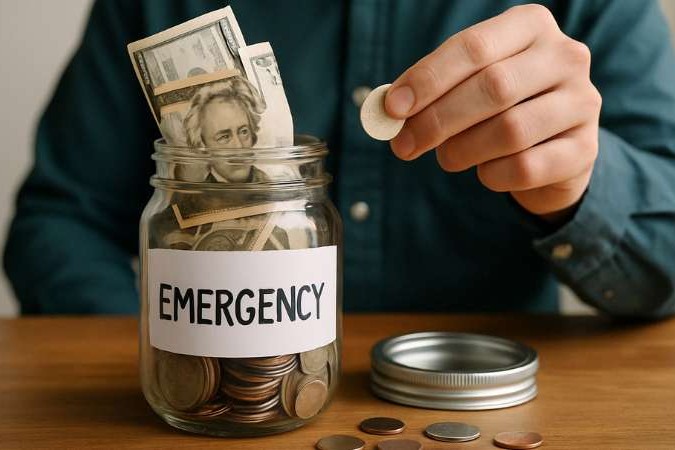
The Unbeatable Importance of an Emergency Fund in Today's Economy
In a world where financial stability can be shaken in an instant, having an emergency fund has never been more critical. The unpredictability of today’s economy—marked by inflation, layoffs, rising living costs, and unexpected crises—has shown millions of households how vulnerable they can be without a financial safety net. An emergency fund acts as a shield, providing peace of mind and the ability to handle life’s uncertainties without resorting to debt or jeopardizing long-term financial goals.
1. What Exactly Is an Emergency Fund?
An emergency fund is a dedicated pool of savings set aside to cover unexpected expenses such as
medical bills, car repairs, job loss, or sudden home maintenance costs. Unlike regular savings
or investments, it is not meant to fund vacations, luxury purchases, or planned expenses.
Instead,
it serves as a financial cushion to keep you afloat during tough times.
2. Why It Matters in Today's Economy:
With inflation driving up costs and global uncertainty influencing markets, many families find
themselves living paycheck to paycheck. Without an emergency fund, even a small financial
setback
can spiral into long-term debt. For example, losing a job without savings may force you to rely
on high-interest credit cards or loans, making recovery even harder.
3. How Much Should You Save?
Financial experts typically recommend saving at least three to six months’ worth of living
expenses. For some, particularly freelancers or business owners with fluctuating income, a
larger emergency fund—up to a year’s worth of expenses—may be more appropriate. Start small
if needed, even saving $500 to $1,000 can make a difference in handling sudden expenses
without debt.
4. Building Your Emergency Fund Step by Step:
Creating an emergency fund doesn’t happen overnight, but consistency is key. Begin by setting
a specific savings goal and automate monthly transfers into a dedicated account. Cutting down
on non-essential spending, such as dining out or streaming services, can free up funds to
accelerate your savings. Over time, these small contributions add up, creating a reliable
safety net.
5. Where Should You Keep Your Emergency Fund?
Accessibility and security are vital. A high-yield savings account or money market account
is usually the best place to store your emergency fund. Unlike investments in stocks or
bonds, these accounts protect your principal and allow you to withdraw quickly when
emergencies strike.
6. The Psychological Benefits:
Beyond financial security, an emergency fund offers peace of mind. Knowing you have a
safety cushion reduces stress, improves decision-making, and allows you to focus on
long-term goals like retirement, home ownership, or education, without constantly
worrying about “what if” scenarios.
In conclusion, an emergency fund is not just a financial strategy—it’s a lifeline. In today’s unpredictable economy, it provides stability, confidence, and resilience. By prioritizing and steadily building your emergency savings, you gain control over your financial future and ensure that life’s surprises don’t derail your progress.
Back to Blogs